Leading Edge Tubercle On Wind Turbine Blade CFD Simulation, ANSYS Fluent Training
Leading Edge Tubercle On Wind Turbine Blade CFD Simulation, ANSYS Fluent Training
- Upon ordering this product, you will be provided with a geometry file, a mesh file, and an in-depth Training Video that offers a step-by-step training on the simulation process.
- For any more inquiries regarding the product, please do not hesitate to reach out to us at info@CFDLAND.com or through our online support assistant.
€280 Original price was: €280.€145Current price is: €145.
Innovations like the Leading Edge Tubercle on wind turbine blades improve efficiency and performance. These tubercles have little rounded edges at their leading edge, inspired by humpback whale flippers. The biomimetic design reduces turbulence and stall, allowing the blade to function in a broader wind speed range. Tubercles interrupt flow separation and reduce drag, resulting in more uniform lift distribution along the blade, boosting the capture of energy and turbine efficiency.
Given the reference paper entitled “ Leading edge tubercle on wind turbine blade to mitigate problems of stall, hysteresis, and laminar separation bubble [1] “, CFD simulation is carried out to model the leading-edge tubercle effect on turbine blades.
- Reference [1]: Joseph, Jeena, and A. Sathyabhama. “Leading edge tubercle on wind turbine blade to mitigate problems of stall, hysteresis, and laminar separation bubble.” Energy Conversion and Management255 (2022): 115337.
Figure 1: . Schematic of baseline blade (BB) and tubercle blade [1]
Simulation Process
The wavy shape of the leading edge is designed utilizing Spaceclaim software. In the second step, Fluent Meshing software takes the lead and generates 4031516 cells over the domain. The extended domain around the blade is necessary to capture the wakes formed behind the blade. The K-omega SST turbulence model is employed because it brings benefits of K-epsilon features near the wall regions and K-omega features far behind the blade. Further, air enters with a positive angle of attack toward the blade.
Post-Processing
Biomimetic design is supported by the CFD study of the Leading Edge Tubercle wind turbine blade, which shows interesting aerodynamic behavior. The velocity lines show a complicated flow pattern, with speeds ranging from 0 to 14.013 m/s and clear wake features farther downstream of the blade. Most importantly, the tubercles organize vortical structures that successfully separate flows, which is very similar to how a humpback whale’s flippers work. The blue color of the wake area shows lower speeds of about 2 to 4 m/s, which suggests that the tubercles effectively prevent flow detachment and reduce turbulent energy losses compared to other blade designs.
Figure 2: Velocity & pressure field around Leading Edge blade
The pressure distribution visualization, which shows pressures from -125.662 Pa to 7.83 Pa, supports the usefulness of the tubercles even more. The changing pressure zones along the leading edge, which can be seen most clearly in the red and yellow parts of the pressure curve, show that counter-rotating vortices are forming between the tubercle peaks. The K-omega SST turbulence model’s predictions across 4,031,516 mesh cells, along with this pressure pattern, show how the biomimetic changes form a series of parallel streamwise vortices that energize the boundary layer. This kind of flow behavior explains why the blade has better stall resistance and a wider operational envelope. These are important benefits for wind turbines that need to work the same way in all kinds of wind situations.
We pride ourselves on presenting unique products at CFDLAND. We stand out for our scientific rigor and validity. Our products are not based on guesswork or theoretical assumptions like many others. Instead, most of our products are validated using experimental or numerical data from valued scientific journals. Even if direct validation isn’t possible, we build our models and assumptions on the latest research, typically using reference articles to approximate reality.
Yes, we’ll be here . If you have trouble loading files, having technical problems, or have any questions about how to use our products, our technical support team is here to help.
You can load geometry and mesh files, as well as case and data files, using any version of ANSYS Fluent.
€195 Original price was: €195.€155Current price is: €155.

€215 Original price was: €215.€165Current price is: €165.

€130 Original price was: €130.€85Current price is: €85.

€160 Original price was: €160.€135Current price is: €135.

€140 Original price was: €140.€85Current price is: €85.









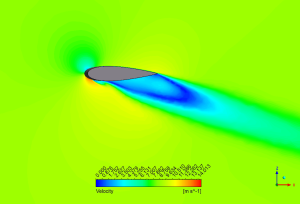
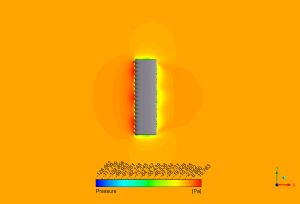





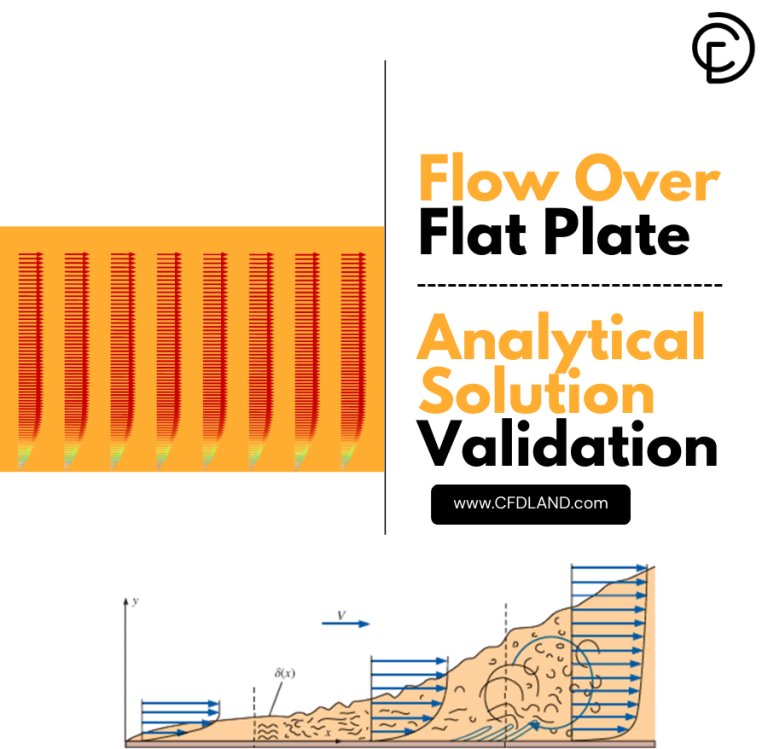
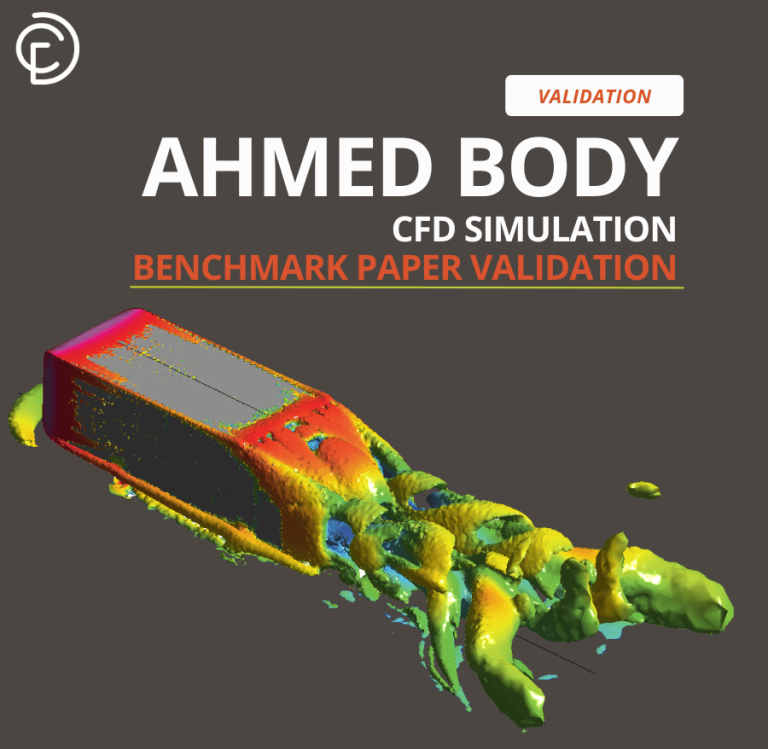

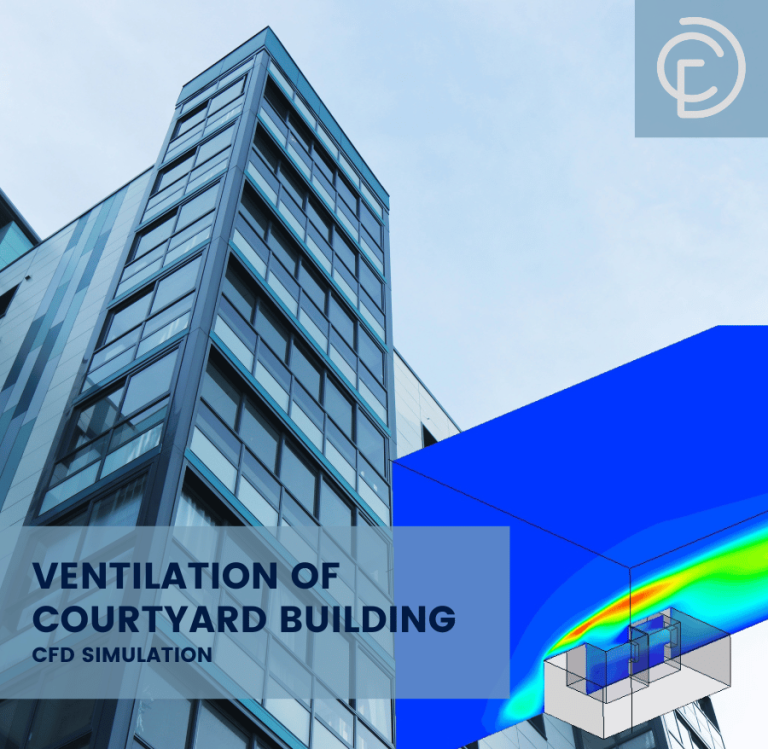

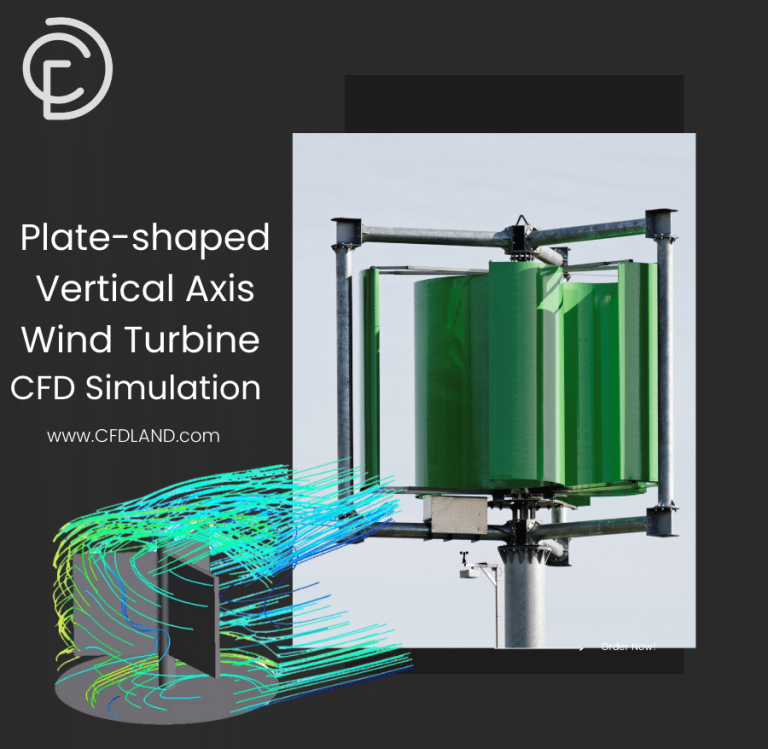
Reviews
There are no reviews yet.